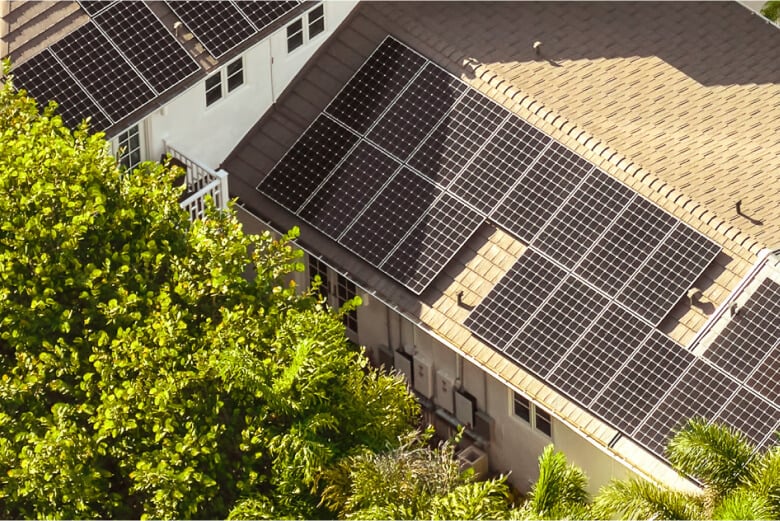
The Australian Renewable Energy Agency (ARENA) has allocated AU$5.4 million in funding to create Australia’s first ‘net zero suburb’ in the 2515 postcode of New South Wales.
The Electrify 2515 Community Pilot scheme will incorporate a range of technologies, such as rooftop solar PV, home batteries, water heaters and heat pumps, to create a low-carbon, electrified suburb in Northern Illawarra. The 2515 postcode covers Austinmer, Clifton, Coledale, Scarborough, Thirroul and Wombarra, and will benefit 500 households.
Try Premium for just $1
- Full premium access for the first month at only $1
- Converts to an annual rate after 30 days unless cancelled
- Cancel anytime during the trial period
Premium Benefits
- Expert industry analysis and interviews
- Digital access to PV Tech Power journal
- Exclusive event discounts
Or get the full Premium subscription right away
Or continue reading this article for free
ARENA confirmed that the project’s total cost is AU$11.88 million and will end on 30 April 2027. Financial institution Brighte is heading the initiative along with project partners Rewiring Australia and Endeavour Energy.
Darren Miller, CEO of ARENA, said the project would provide significant insight into the contribution of home electrification to grid stability while reducing energy costs for consumers.
“Flexible demand at a residential level is expected to be critical as homes electrify. By undertaking electrification in a managed way, we can reduce the need to upgrade our electricity network and reduce costs for all electricity consumers,” Miller said.
CERs under the spotlight in Australia
The initiative hopes to identify the role consumer energy resources (CERs) can play in the wider Australian energy system, with these coming increasingly under the spotlight.
In late July 2024, the Australian Energy Market Commission (AEMC) introduced a new draft determination proposing to enable virtual power plants (VPPs) to compete directly with large-scale generators in the energy market. This would be achieved by enabling aggregated CERs to be scheduled and dispatchable in the NEM.
The AEMC cited that price-responsive small resources, such as backup generators and solar PV, could, therefore, respond to changes in spot prices. This would also contribute to a decentralised energy system.
The inclusion of CERs would result in cost savings of around A$834 million (US$552.1 million) between 2027 and 2050 while also further incentivising the uptake of small-scale solar PV installations.
Brighte founder and CEO Katherine McConnell said the pilot will help policymakers understand how to bolster efforts to increase electrification.
“This project will allow us to learn locally so we can scale nationally, generating critical insights for consumers, tradespeople, industry and policymakers on how to rapidly and effectively scale electrification across Australia,” McConnell said.
“We’re excited about the role we can play to demonstrate the power of homes brought to their full potential, lighting a pathway for every Australian community to electrify more easily and fast-forward to a smart, electric future.”






